The largest diamond in the world: the story of the Cullinan diamond
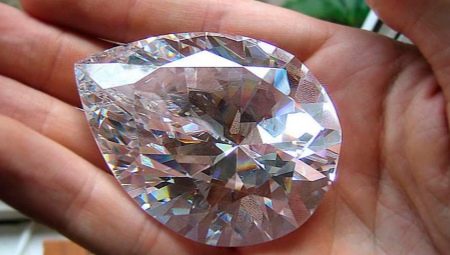
The stories of diamonds never cease to haunt the minds of people. Large - even more so. The ratings of the largest diamonds are regularly published on jewelry websites. All the more surprising is the story of one of the largest stones, which was found quite by accident.
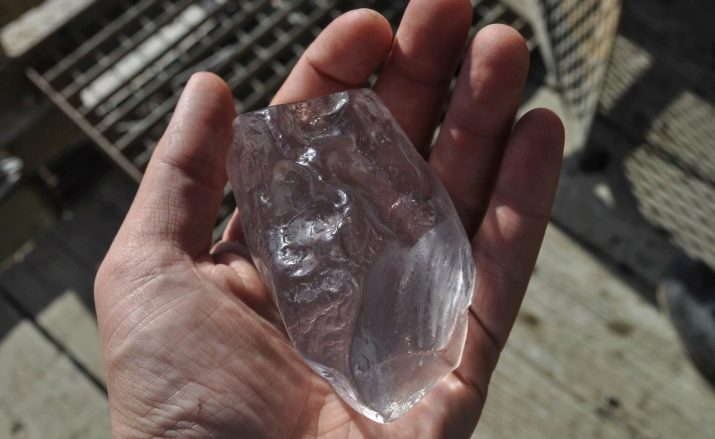
History
The largest known diamond in the world is called the Cullinan. The find helped to make the case. It happened at a mine called "Premier" in South Africa in early 1905. Most likely, "Cullinan" appeared, split from a diamond that had twice the size. Its weight was 3106.75 carats, which is equal to 621.35 g. Its parameters were 10.5 and 6.5 cm.
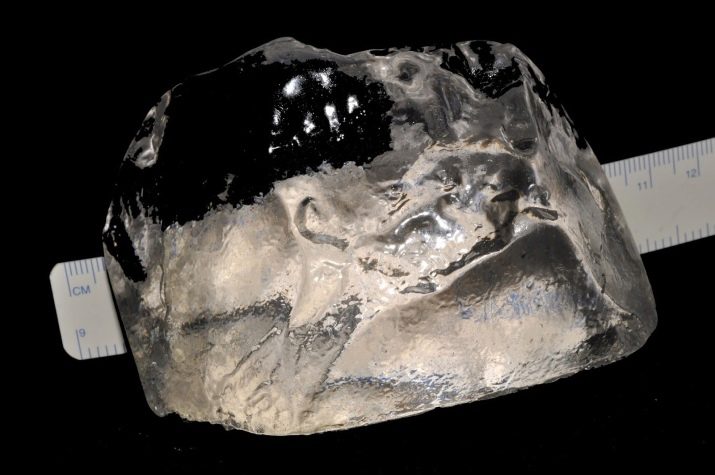
Of course, the history of his discovery today is surrounded by different stories and fiction, so it is difficult to say what was in reality and what was not. There are several versions of this story. According to the first, the brilliance of the diamond attracted the manager of the mine, Frederick Wells, who made a daily evening round. This shine came from the wall of the quarry. From there, a large diamond was recovered, by the appearance of which it was clear that it was a fragment of a much larger mineral. But nothing else was found.

The find was immediately sent for examination. It turned out to be the largest natural diamond found at that time.
Before that, such was "Excelsior", the weight of which was 995.2 carats. He was found in a South African mine. Since 1905, Excelsior had to take 2nd place in the ranking of the largest diamonds.

The examination confirmed the guess that the specimen found is one of the pieces of a much larger diamond, cleaved by natural means. However, no other part has been found. Of course, this find made a splash.Firstly, the public went crazy over the size of the stone and the history of its discovery, and, secondly, the diamond mining industry received an additional impetus to develop.
The main reason for all the diamond miners' actions was that most of the Cullinan had not yet been found.
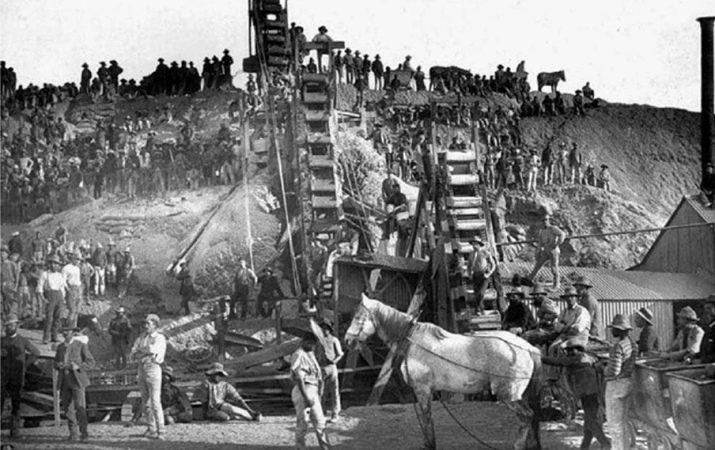
Mine manager Wells was paid £ 3,500 for the find. The stone got its name from the name of the person who owned the site where it was found: Thomas Cullinan. There were no spots, cracks, or air bubbles on the diamond. It was very clean. There was a black spot in the center of the diamond, and this was its only drawback.
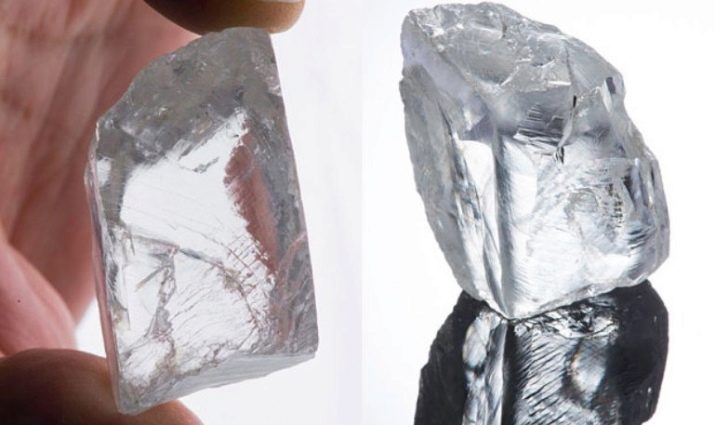
The crystal created amazing color reflections that changed depending on the angle at which the light was incident. This meant that there was tension inside the stone, which is quite common with large diamonds. But this also created the risk of cracking, therefore, the diamond could not be cut... The size of the diamond meant its fantastic value, so there were no buyers.
The owner Thomas Cullinan was paid £ 150,000 in 1907 for the sale of the stone by the Transvaal government.
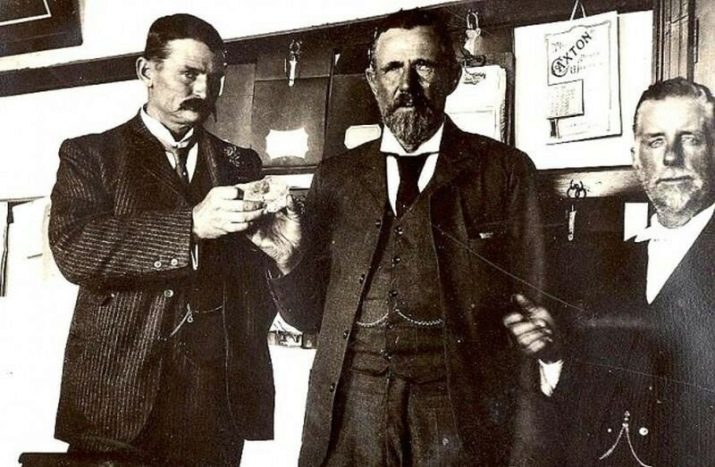
The diamond was presented as a birthday present for King Edward VII of England. This was due to a proposal by General Luis Botha to thank the king for the acceptance of the Transvaal constitution by the British Empire. This decision was not single-handed, it was adopted by voting. The Boers were in favor, and the British who inhabited the Transvaal were against.
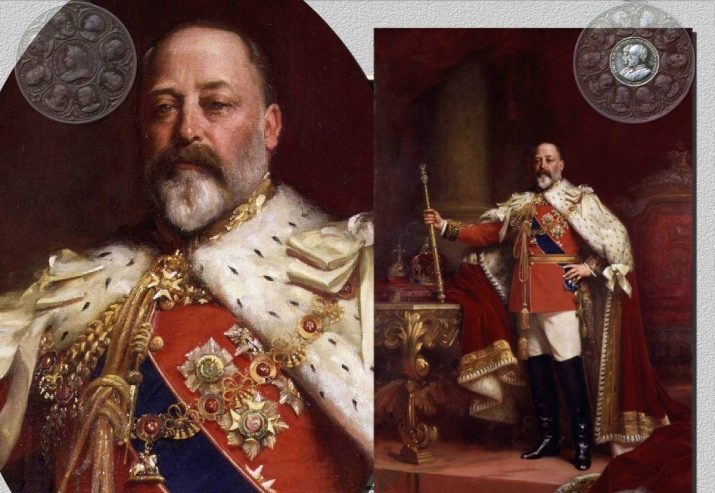
At first, Edward did not appreciate the diamond at its true worth. However, thanks to Winston Churchill, at that time not yet prime minister, but already a very influential person, the gift was accepted. Edward ordered to split it into several pieces and cut it. This was done by the Dutch jewelers, the famous Asher brothers.
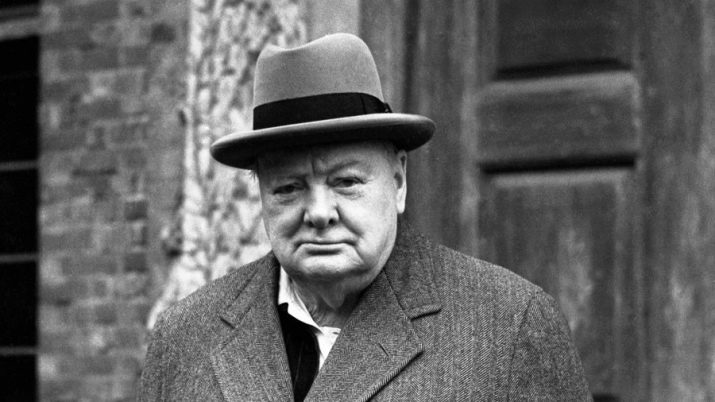
The work took a lot of time. It took half a year to study the structure of the crystal, to choose a place to strike so that the split would occur correctly. The length of the cut that was made in the stone was approximately 0.5 inches (or 1.3 cm). The cutting knife was made separately.

With the help of one blow of great force, the diamond was split at the places of the defect. After 4 years, about 110 diamonds were made from the resulting parts. Of these, 2 - "Cullinan I" and "Cullinan II" are classified as large, 7 - as medium (although some of them are more correct still to be classified as large), and the rest - as small, but possessing amazing purity.

Description "Stars of Africa"
"Cullinan I", or "Big Star of Africa", weighs 530.2 carats. It is a diamond with 76 facets. The "Great Star of Africa" is adorned with the top of the wand, which was wielded by Edward VII. This is the largest cut diamond. There is a possibility to take out the diamond and put it on in the form of a brooch. It is in storage at the Tower of London.
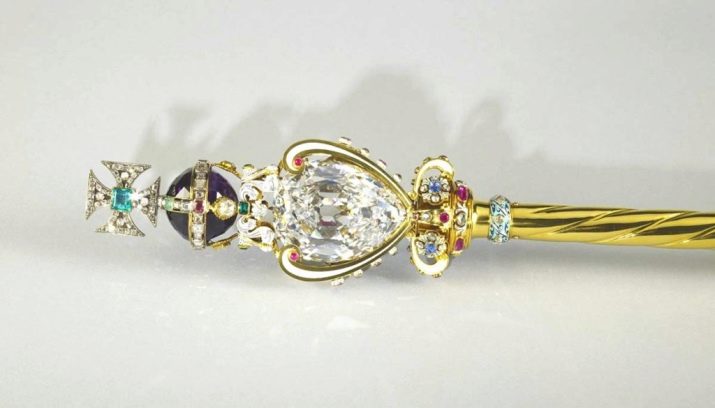
The diamond is also called the "Great Star of Africa". Its shape is pear-shaped. Until 1990 became famous for the discovery of the Golden Jubilee diamond, the Big Star of Africa ranked 1st in terms of diamond size in the world.
Now it is in the honorable 2nd place, but it is considered the largest pear-cut stone and the largest colorless diamond.
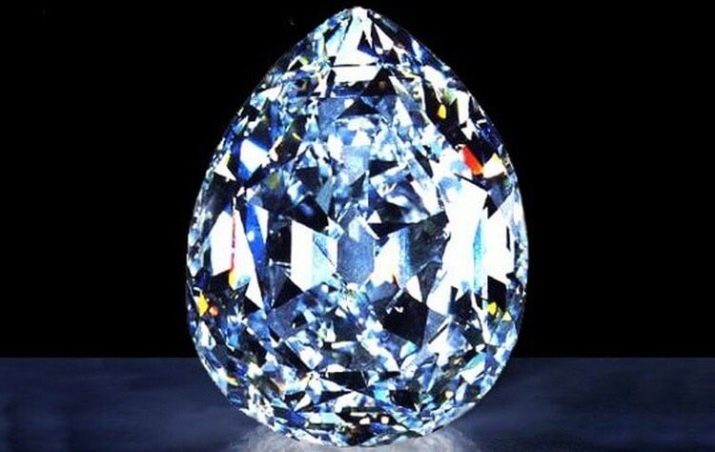
How did a diamond turn into diamonds?
Even today, when the work of jewelers is facilitated by the latest technologies, cutting diamonds is very difficult. Cutting a diamond and making it a high-quality diamond that would become a work of art was very difficult at the beginning of the last century, because there were not so many tools at the disposal of jewelers. Asher's hereditary jewelers were engaged in the cutting of Cullinan.
By the way, they were the ones who patented the Asher cutting method, which is classic today.
Before that, it was Ushers who were engaged in cutting Excelsior.
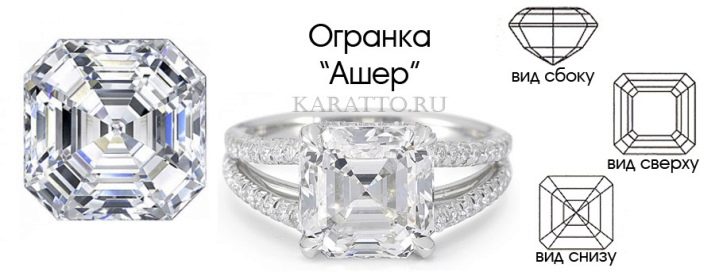
Initially, it was planned to cut the entire diamond as a whole.However, upon detailed study (which took several months), the jewelers found that inside the diamond there are a number of small damages, cracks, as well as stress, expressed by the presence of a dark spot in the very middle of the stone. It became clear that the diamond needed to be split.
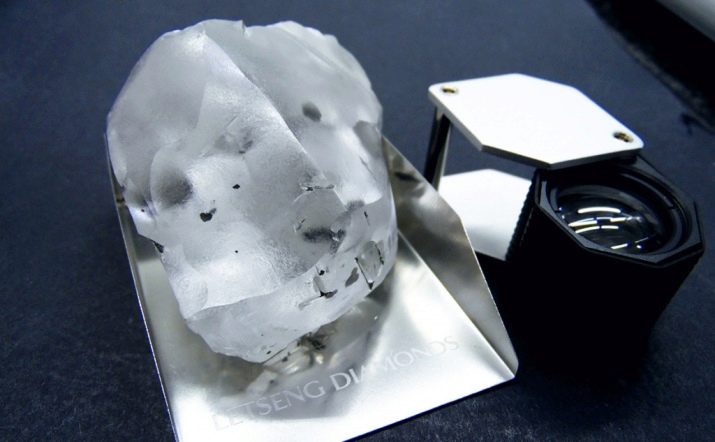
Speaking of the beginning of cutting, the date should be named February 10, 1908. This was done by the "chief of Usher" - Joseph. There is a legend that when the knife split the diamond, Joseph Asher fainted, as the knife broke. However, one should not trust this legend, because after all, a hereditary jeweler and the head of a firm with a solid reputation was hardly subject to such violent reactions as to faint from a simple breakdown of a working tool. Moreover, there is also a refutation of Lord Ian Balfour, who in the book "Famous Diamonds" claims that Asher, on the contrary, celebrated this event by opening a bottle of champagne.
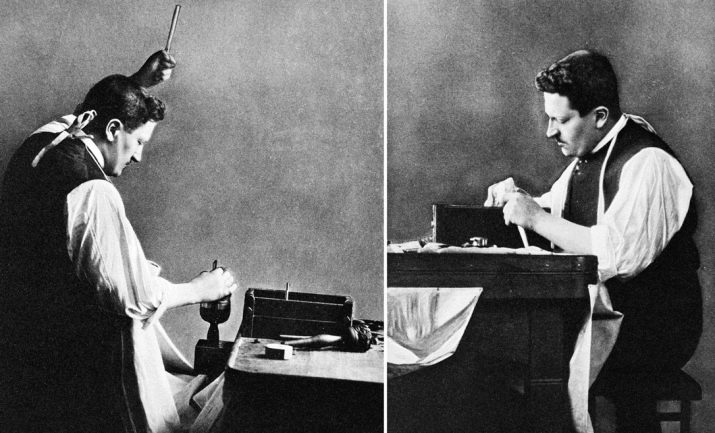
Each of the parts was subsequently split more than once. As a result of the cutting, 9 of the purest large diamonds and about 96 small ones appeared. The large ones were numbered from I to IX (in accordance with decreasing size). All of them are still in the British royal family and are included in the list of jewelry worn by Queen Elizabeth II.
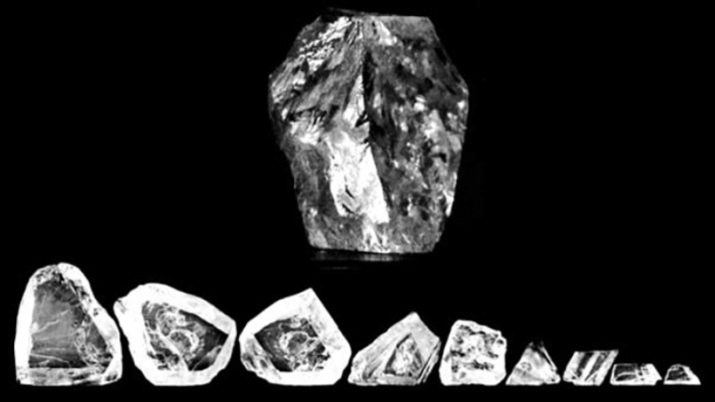
Interesting Facts
The number 2 diamond, or "Little Star of Africa", is the fifth largest diamond in the world. Its cut is not a pear, but a cushion. Its mass is 317.4 carats. It is found in the rim of the crown of the British Empire. Together with him, the crown is adorned with stunning beauty gems, each of which is a work of art.
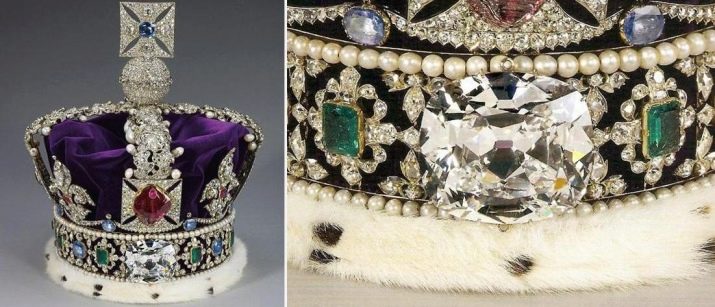
As for the Cullinan III, it is also pear-cut, weighing 94.4 carats. It was installed at the top of the crown belonging to Queen Mary, the grandmother of the now reigning Elizabeth II.
The crown was made by the jewelers of the Garrard & Co company (it was this company that dealt with all the jewelry of the royal family) for the coronation of Mary's husband, King George V. The event took place on June 22, 1911.
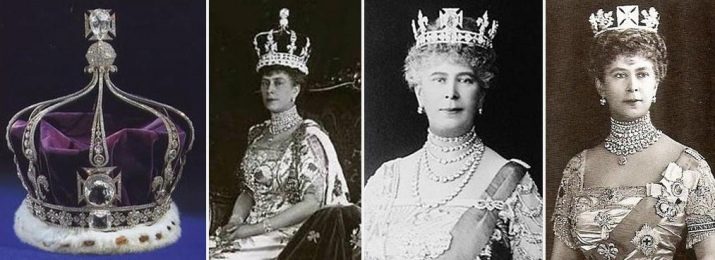
In addition to the Cullinan III, the Cullinan IV was also installed on the crown. The main accent of the crown is the famous Coh-i-Noor diamond. At the end of the ceremony, all stones were replaced with copies of quartz, and diamonds were used for other jewelry. The third and fourth "Cullinans" were combined to form a pendant brooch. Queen Mary loved her very much.
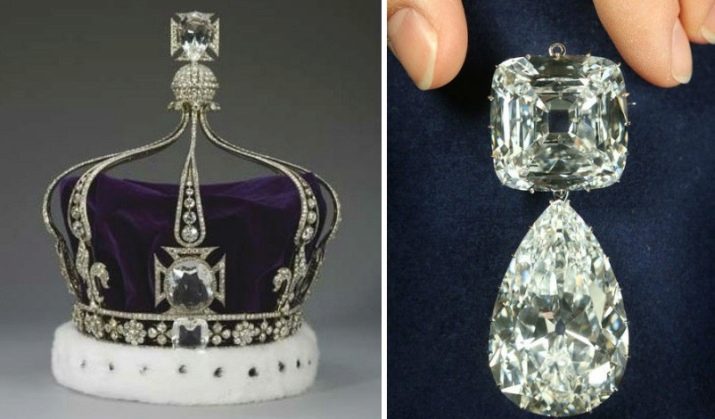
After Maria died in 1953, her jewelry was inherited by the granddaughter of Elizabeth II. She still wears this pendant brooch at various events, calling it Granny's chips. Who will inherit the jewelry of the current queen is still unknown. Perhaps it will be the Duchess of Cambridge Catherine, the wife of the grandson of Queen William, Duke of Cambridge.
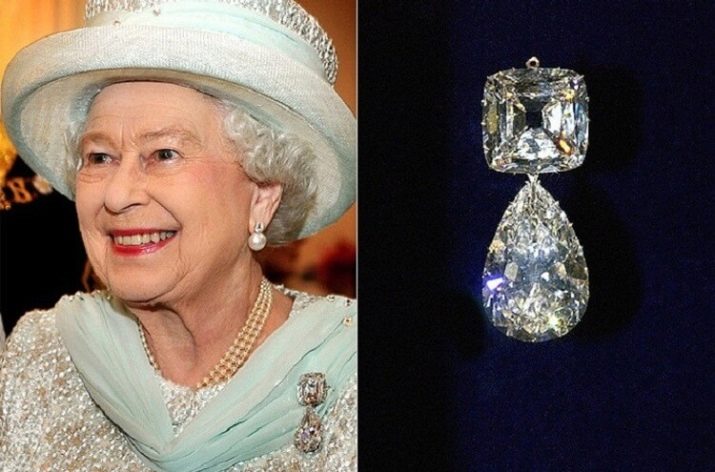
As for the Cullinan V, its cut is pear, or heart-shaped. It sits in the center of a platinum brooch, framed by smaller diamonds. The brooch is made so that it can be worn on your own. And also the brooch can be installed on the crown instead of Coh-i-Noor. Prior to this, the brooch was part of the Queen Mary's parure along with other diamonds and emeralds.

The Cullinan VI weighs 11.5 carats and is called a marquise cut. It was presented by King Edward VII to his wife, Queen Alexandra. This diamond was adorned with her diadem. Since 1925, Queen Mary inherited it. A pendant was made of a diamond, which made up a set with a platinum brooch with diamonds, the center of which was the eighth "Cullinan". Now the jewel is called "Brooch Cullinan VI and VIII".
However, the eighth stone can be pulled out and placed on the corsage of the parure, or, if desired, attached to the brooch with the fifth Cullinan.
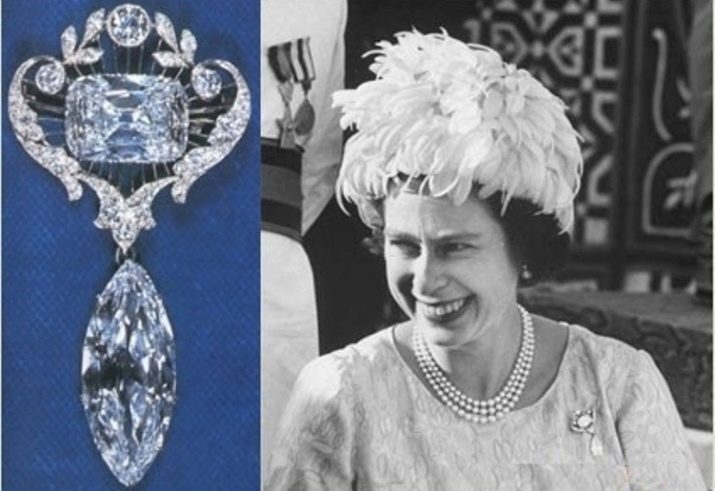
The seventh of the Cullinans has a marquis cut, weighing 8.80 carats. Its place is on the pendant in a platinum necklace, which is also decorated with other diamonds and emeralds. The necklace is part of the Queen Mary parure. There are 6 such parts in total.The same court jewelry company was engaged in the production of parure.
It was the parure necklace that was especially loved by Queen Mary, as well as by her granddaughter, who still wears it during official events.
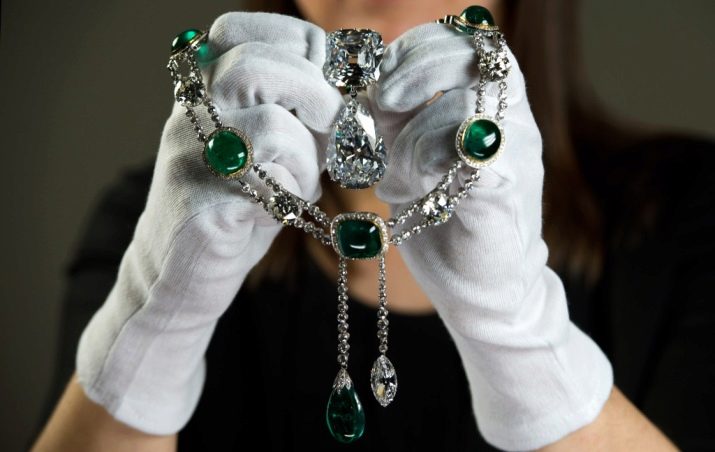
The ninth stone, although the smallest, is very pure. Its cut is round and its shape is pear-shaped. In 1911, it was inserted into a platinum ring and was never used anywhere else. Unfortunately, the ring was worn a few times and is not one of the favorite adornments of the crowned persons to whom it belonged.
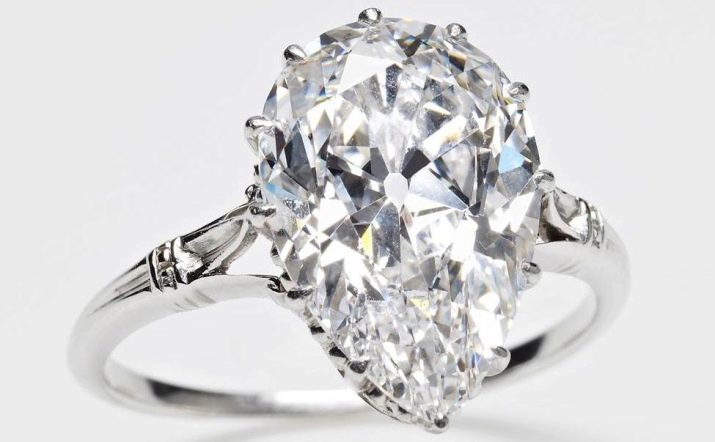
Interesting information about the Cullinan diamond can be found in the following video.








